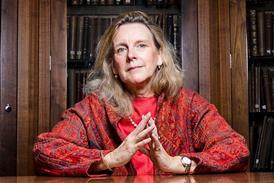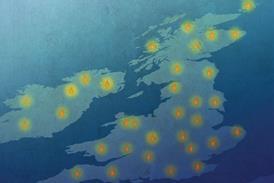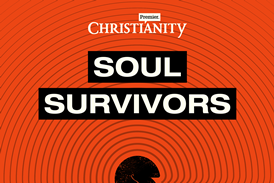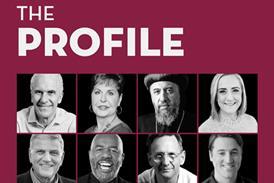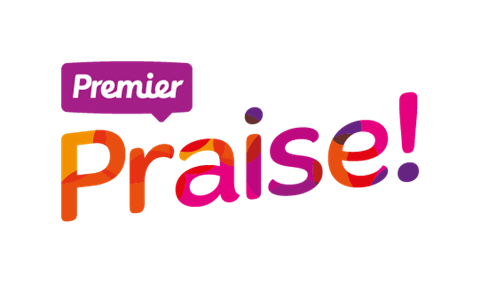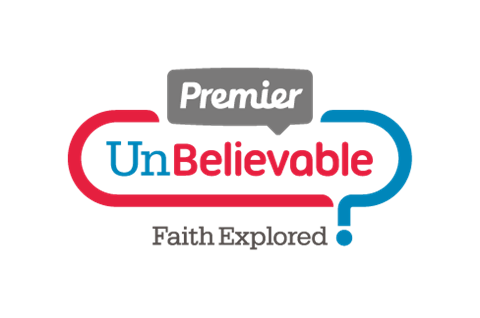Is the Bible reliable?
By  Bruce Miller2025-10-24T14:23:00
Bruce Miller2025-10-24T14:23:00

In this new series, Bruce Miller attempts to answer some of the questions that people most often ask the internet about God. Here, he examines the evidence for the Bible. Can an ancient book be trusted to be true?
“The Bible is full of interest. It has noble poetry in it; and some clever fables; and some blood-drenched history; and some good morals; and a wealth of obscenity; and upwards of a thousand lies.” Mark Twain’s famous quote captures the complex relationship many people have with the Bible.
Billions revere it, yet others question and criticise it. Is the Bible a reliable source of truth, or is it riddled with errors, contradictions and outdated ideas?
The question of the reliability of scripture affects discussions about faith, history and morality. This question deserves careful consideration, especially in an age where it’s harder than ever to discern fact from fiction.
Related articles
-
 Reviews
ReviewsThis ambitious series reveals new finds in biblical archaeology. But there’s more to the story
2025-04-25T15:00:00Z By Chris Sinkinson
While Land of the Bible offers Christian unearths beauty in a broken land, it also sidesteps the obvious political tensions in the Holy Land today. Viewers should be aware this is as much a promotion for tourism to Israel as it is an insight into biblical archaeology, says Chris Sinkinson
-
 Reviews
ReviewsThe Museum of the Bible was conned into displaying fake artefacts. This BBC podcast tells the story
2025-02-12T10:57:00Z By Chris Sinkinson
A new BBC podcast catalogues the “turbulent rise” of Washington DC’s Museum of the Bible “from looted treasures to uncovering fakes”. Christian leader and archaeologist Chris Sinkinson previews the first two episodes
-
 Regular Columnists
Regular ColumnistsArchaeologists are divided on David’s Kingdom. The Bible contains the clue they’re looking for
2022-03-28T12:08:00Z By David Instone-Brewer
Archaeologists have long claimed that David and Solomon’s kingdoms were just exciting myths. David Instone-Brewer explains why we can trust the Old Testament’s version of history
- Issues
- Topics A-Z
- Writers A-Z
- © 2025 Premier Christianity
Site powered by Webvision Cloud









